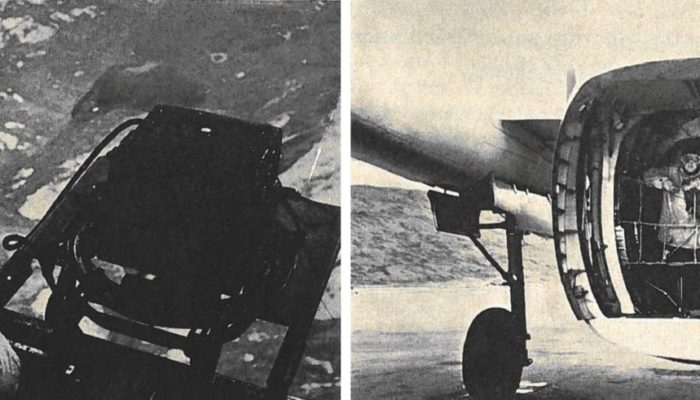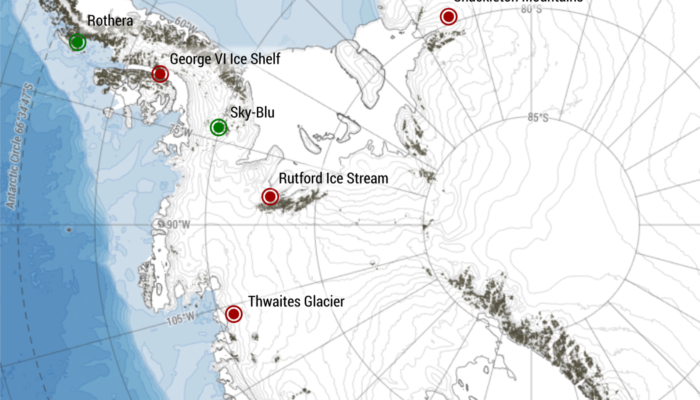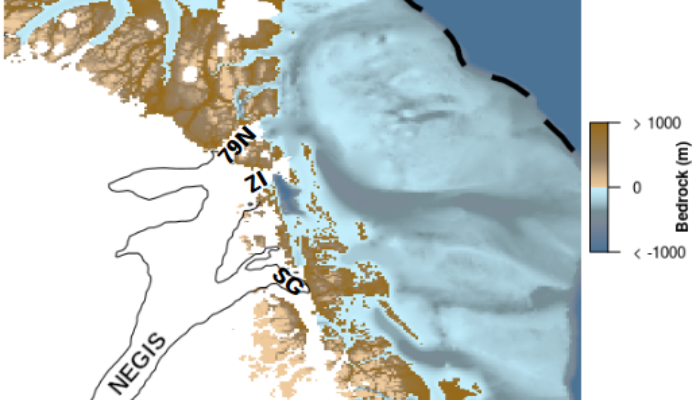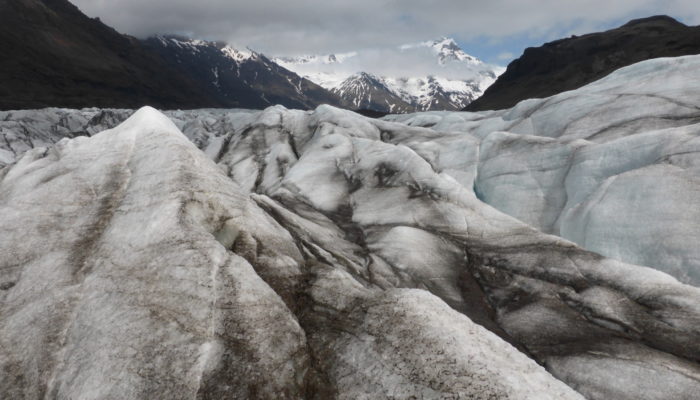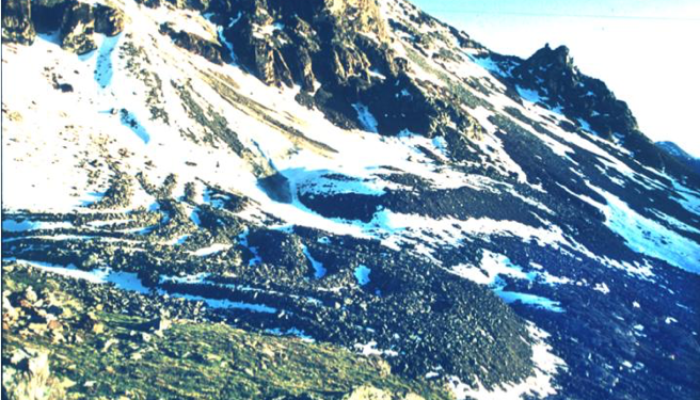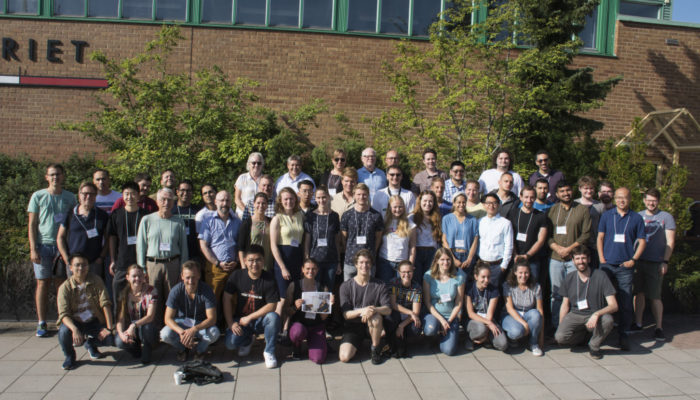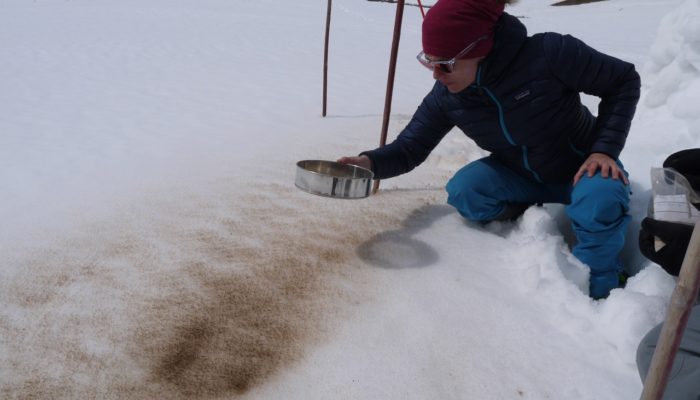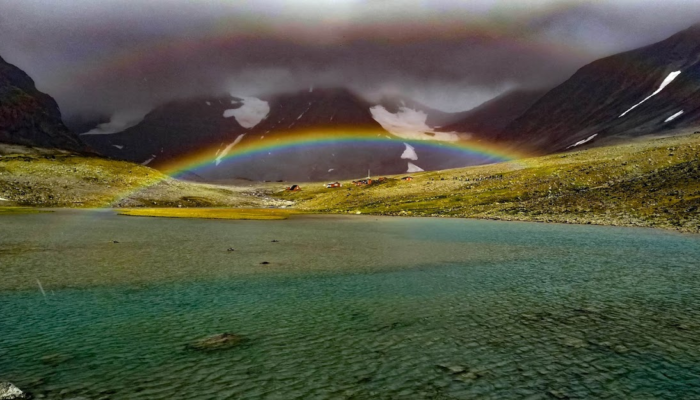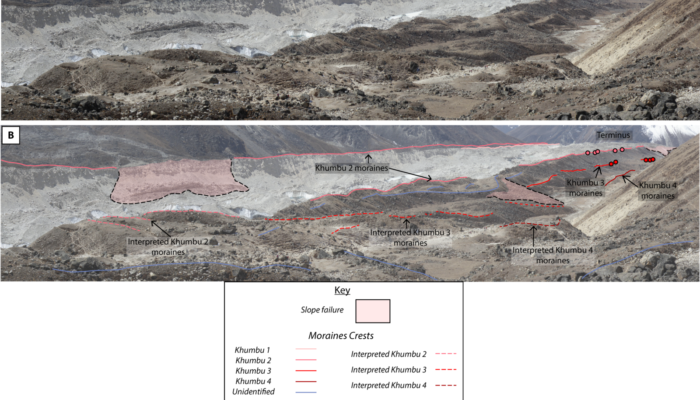Recent work published in my department at the Geological Survey of Denmark and Greenland (GEUS) focused on solid ice discharge into the ocean from the Greenland Ice Sheet from 1986 to 2017 (Mankoff et al. 2019). Solid ice discharge is the ice that is lost from a glacier as it flows towards the coast and eventually breaks off as icebergs into the ocean (i.e. calving). Solid ice discharge is an impo ...[Read More]
If you didn't find what you was looking for try searching again.
Cryospheric Sciences
Cryo Adventures – What’s currently going on in Antarctic science?
As Christmas gets closer, days are getting shorter in the northern hemisphere. A good excuse to get cosy inside on the sofa, drinking tea and eating Christmas biscuits. Meanwhile, a few thousand of scientists are heading “South”, to Antarctica, where the lengthening days provide the perfect conditions to conduct a whole variety of scientific field expeditions… Science in Antarctica Just last ...[Read More]
Cryospheric Sciences
Did you know… about the fluctuating past of north-east Greenland?
Recent geological data shows that during a very cold phase of our Earth’s climate (between 40,000 and 26,000 years ago), there was a huge expansion of polar ice sheets, yet the north-eastern part of the Greenland ice sheet was less extensive than today. How could this have occurred? In this post we shed light on the potential causes of this ice sheet behaviour. What do we know about present- ...[Read More]
Cryospheric Sciences
Cryo-adventures – Behind the scenes of cryo-fieldwork
As the Arctic is warming faster than the global average, Arctic glaciers are rapidly melting. My research is about the fate of glacial organic carbon when the ice containing it melts. To investigate these processes, I travelled to several glaciers, an activity full of challenges… and rewards! My research Glacier ice covers about 11% of Earth’s land surface, and contains within it a globally ...[Read More]
Cryospheric Sciences
Did you know? – Proglacial lakes accelerate glacier retreat!
In a global context, New Zealand’s small mountain glaciers often get overlooked and yet they are a beautiful part of New Zealand’s landscape. They are the water towers for the South Island and an essential part of its tourism, thanks to a few undeniable heroes (Frans Josef and Fox Glaciers), but sadly, they may not be as prominent in the future. In this post we review the state of modern glaciatio ...[Read More]
Cryospheric Sciences
Cryo-Comm – Degrading Terrains
Beneath dusted peaks of mountain dew A dense and rigid backcloth skulks, Worn down and compacted with Fractured decades of aged powder; Trodden into rocky outcrops To lie barrenly against This frozen, ancient soil. Subtle shifts of these forgotten rocks Ripple across subterranean sediments, Dislodging once-stable foundations That now cascade like an ocean; Echoing across the fragile firmame ...[Read More]
Cryospheric Sciences
Cryo-Adventures – The Glacial Isostatic Adjustment (GIA) Training School: Personal and Virtual Attendance
The 2019 Glacial Isostatic Adjustment (GIA) Training School was hosted by Lantmäteriet (the Swedish Mapping, Cadastral, and Land Registration Authority) in Gävle, Sweden from 26 – 30 August. GIA is the response of the solid Earth to past and present-day changes of glaciers and ice sheets. Research interests in GIA span the geosciences: from regional planning applications (reclamation/flooding of l ...[Read More]
Cryospheric Sciences
An interview with… Marie Dumont
This week, we are interviewing Dr Marie Dumont. At the European Geosciences Union (EGU) general assembly in 2019, Marie was awarded the Arne Richter Award for Outstanding Early Career Scientist. Marie is currently a research team leader and deputy scientific director for the Snow Research Centre (part of Centre National de Recherches Meteorologiques, Météo-France & Le Centre national de la Rec ...[Read More]
Cryospheric Sciences
Surviving in cold environments: from microbes under glaciers to queer scientists in the current social context
On the 5th of July we will celebrate the International Day of LGBTQ+ (lesbian, gay, bisexual, transsexual, queer, and people that do not identify themselves as cis and/or straight) People in Science, Technology, Engineering, and Maths (STEM). Many people will ask: “Why is this day important?” Being a queer scientist in particular, and a queer person in general, can sometimes reminds us of how livi ...[Read More]
Cryospheric Sciences
Image of the Week – Looking to the past for answers
We’re only just really starting to comprehend the state and fate of Himalayan glaciers due to a scarcity of research along the monumental mountain range. Climbers and scientists have been observing these lofty glaciers since the 1900s. However, is that looking back far enough? Glacier moraines, featuring in this Image of the Week, can reveal change extending back thousands of years. You may look a ...[Read More]

